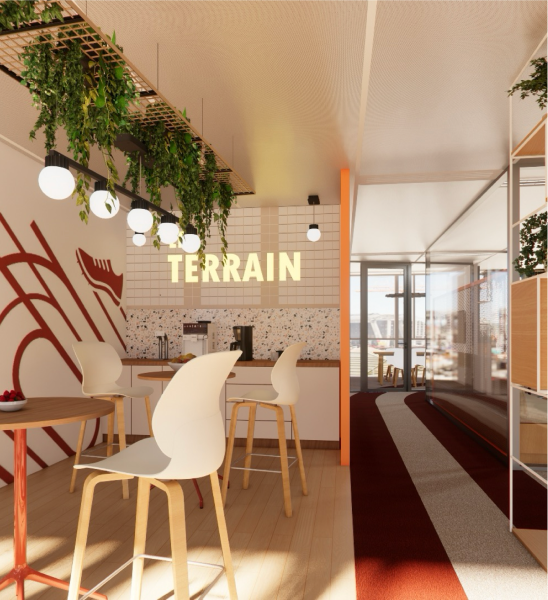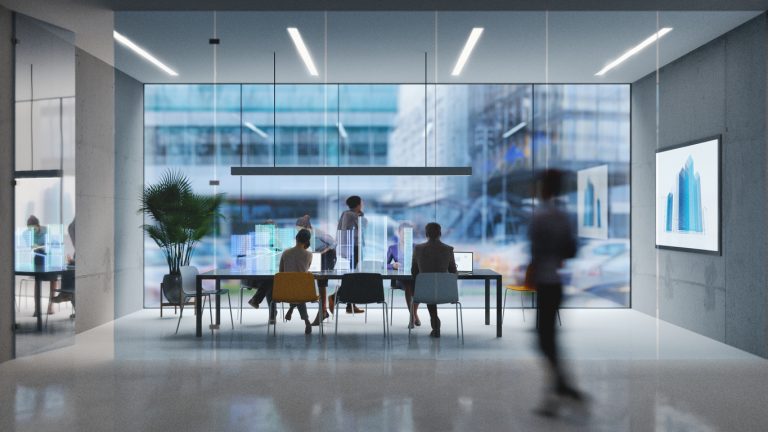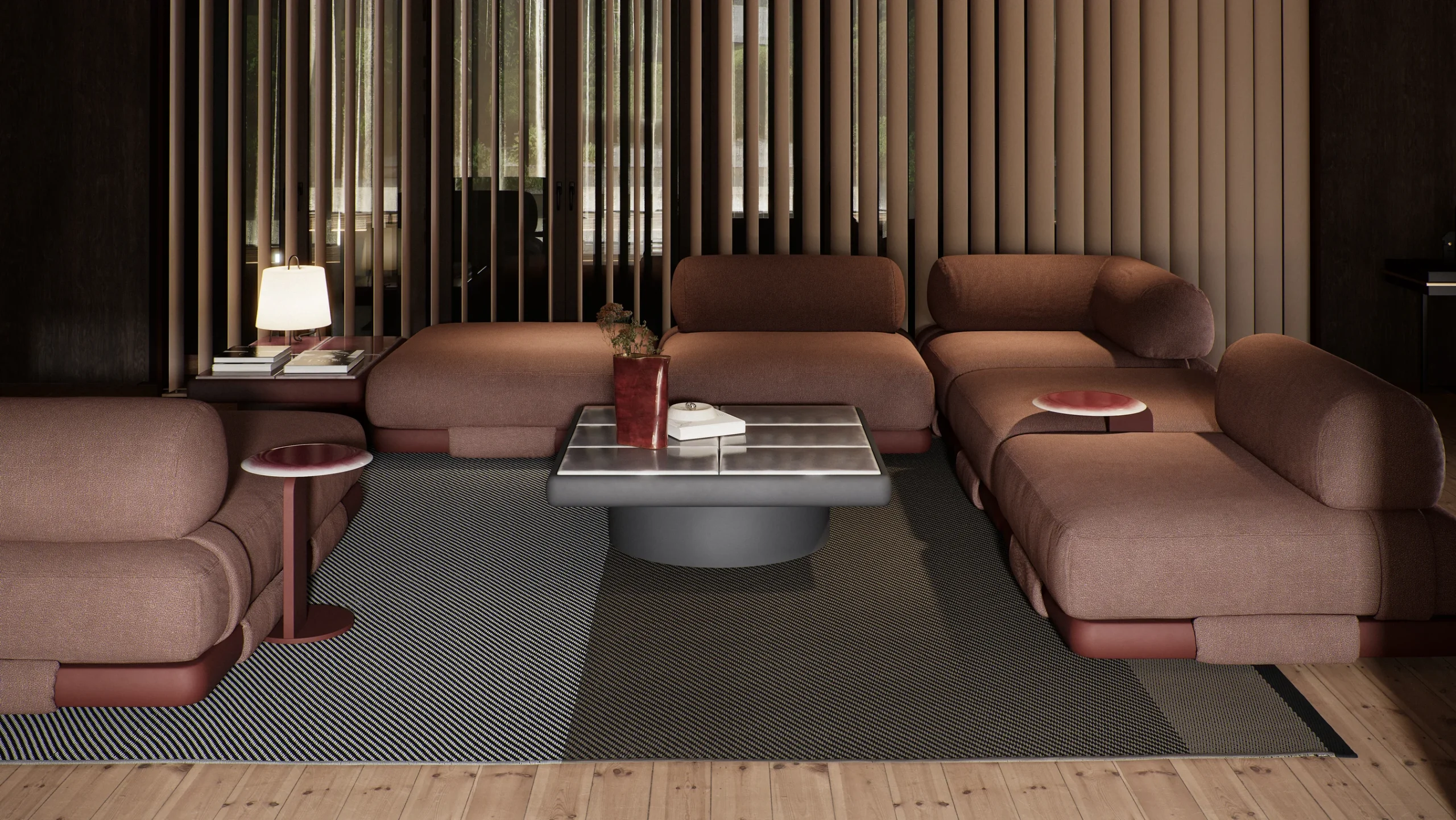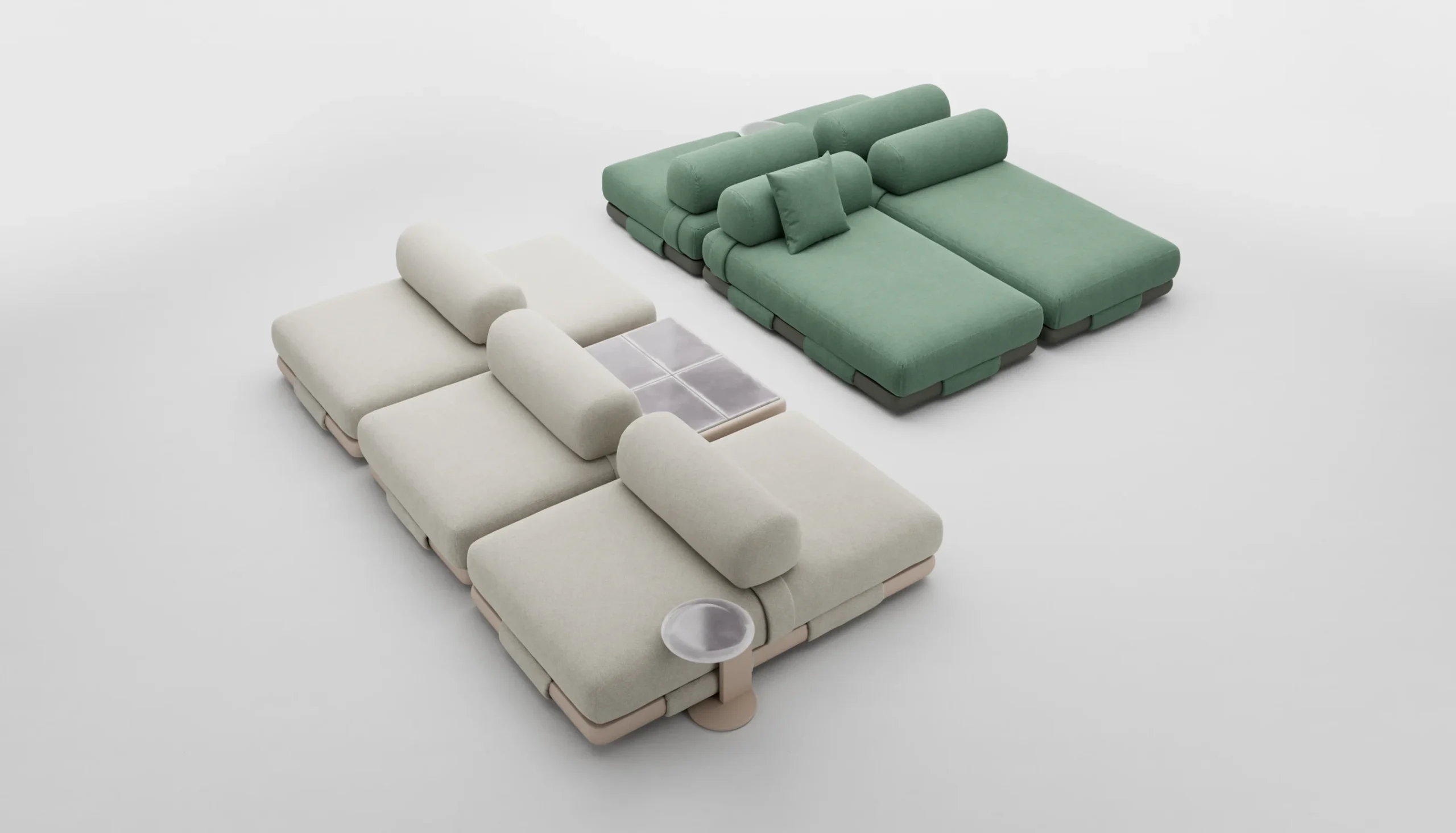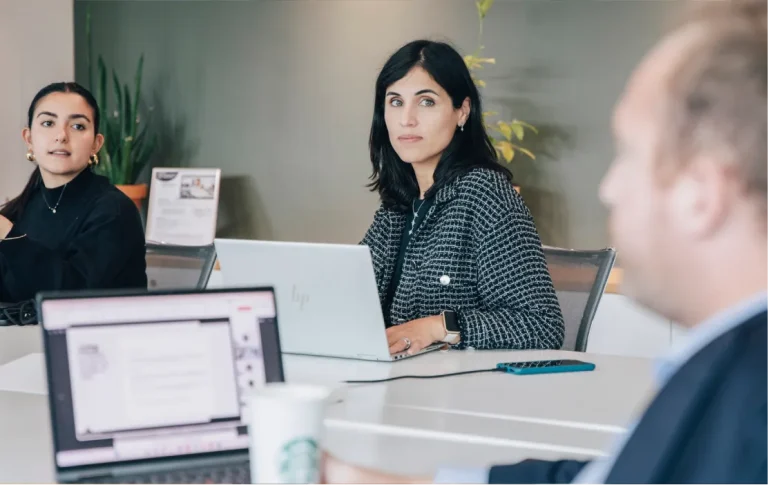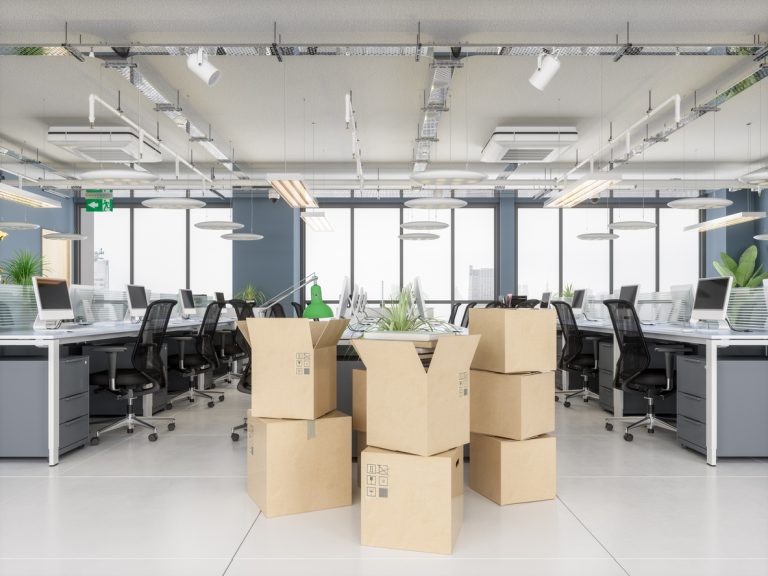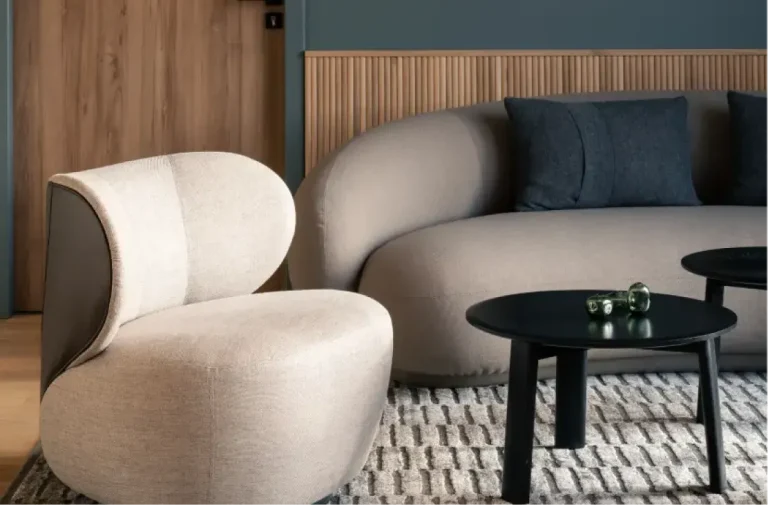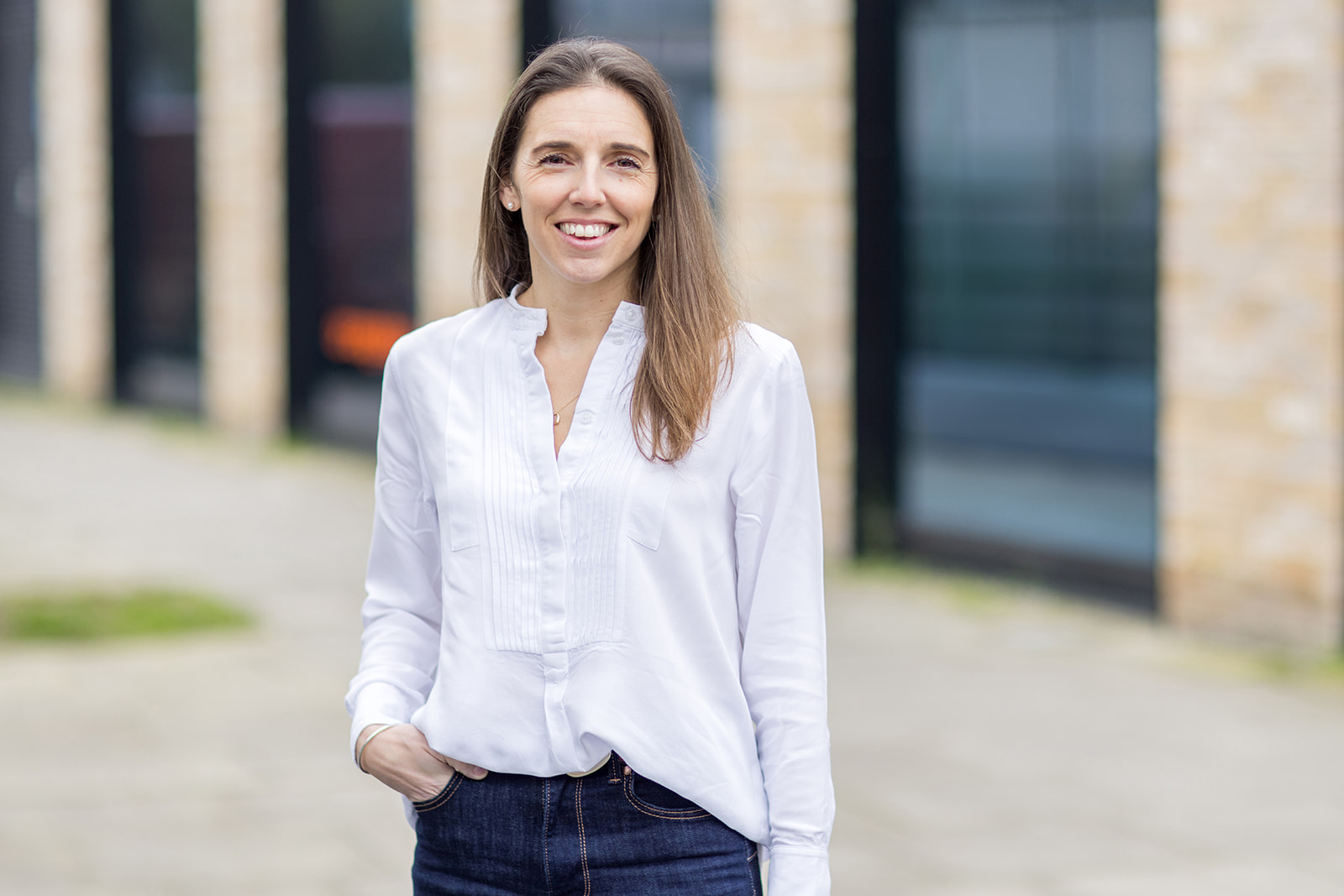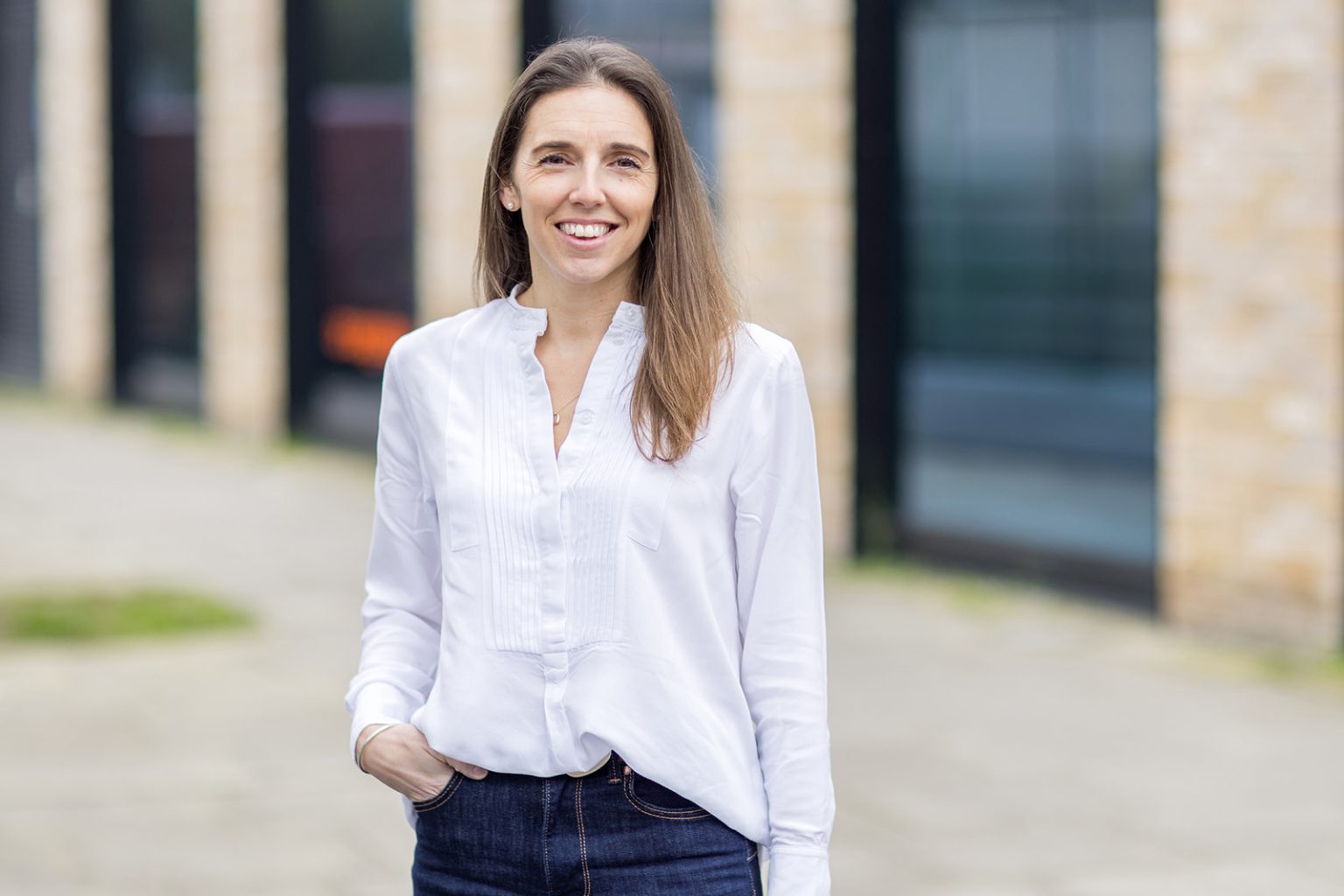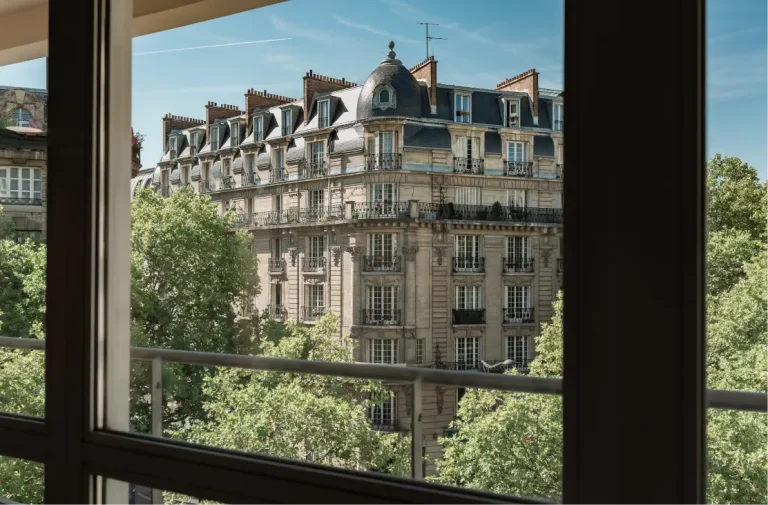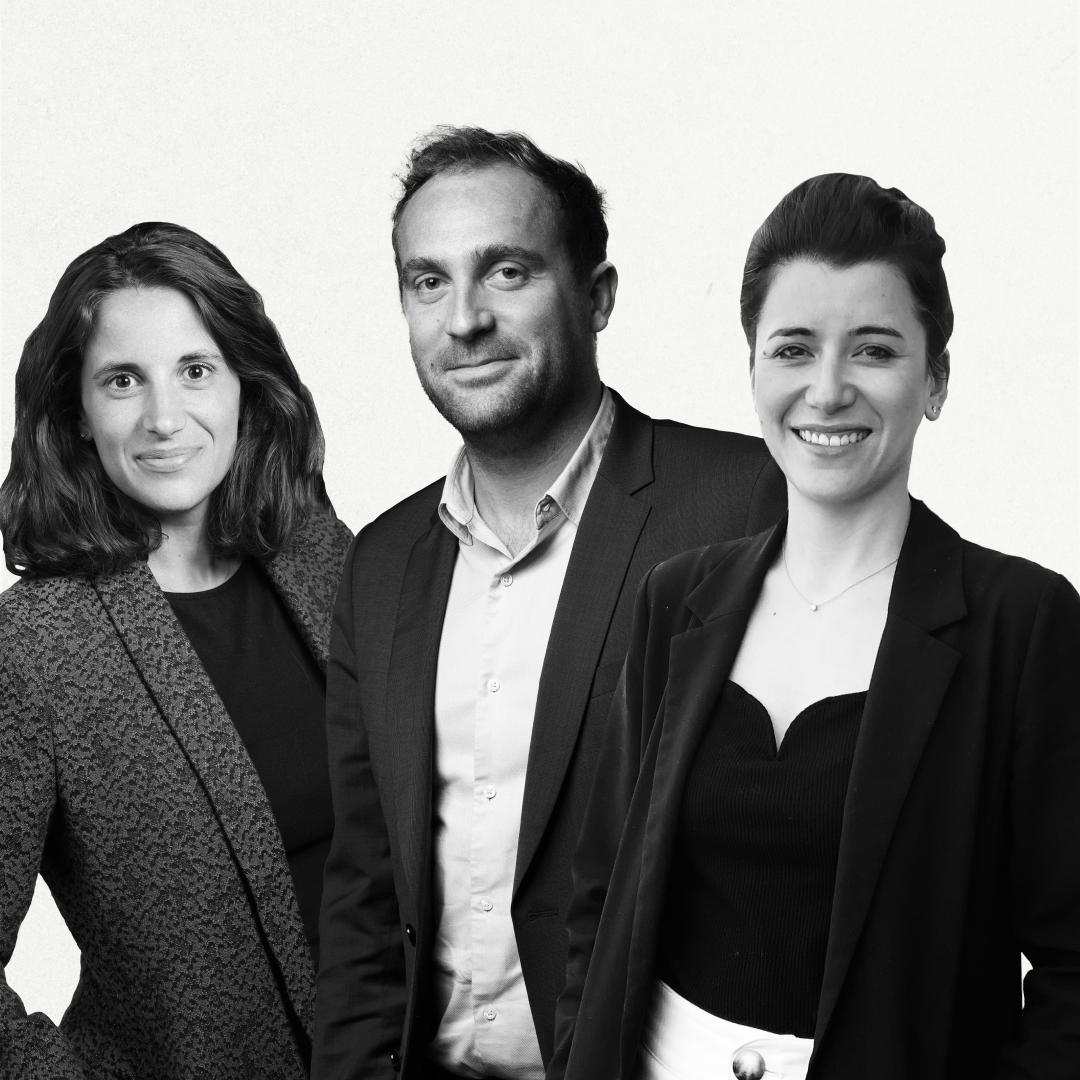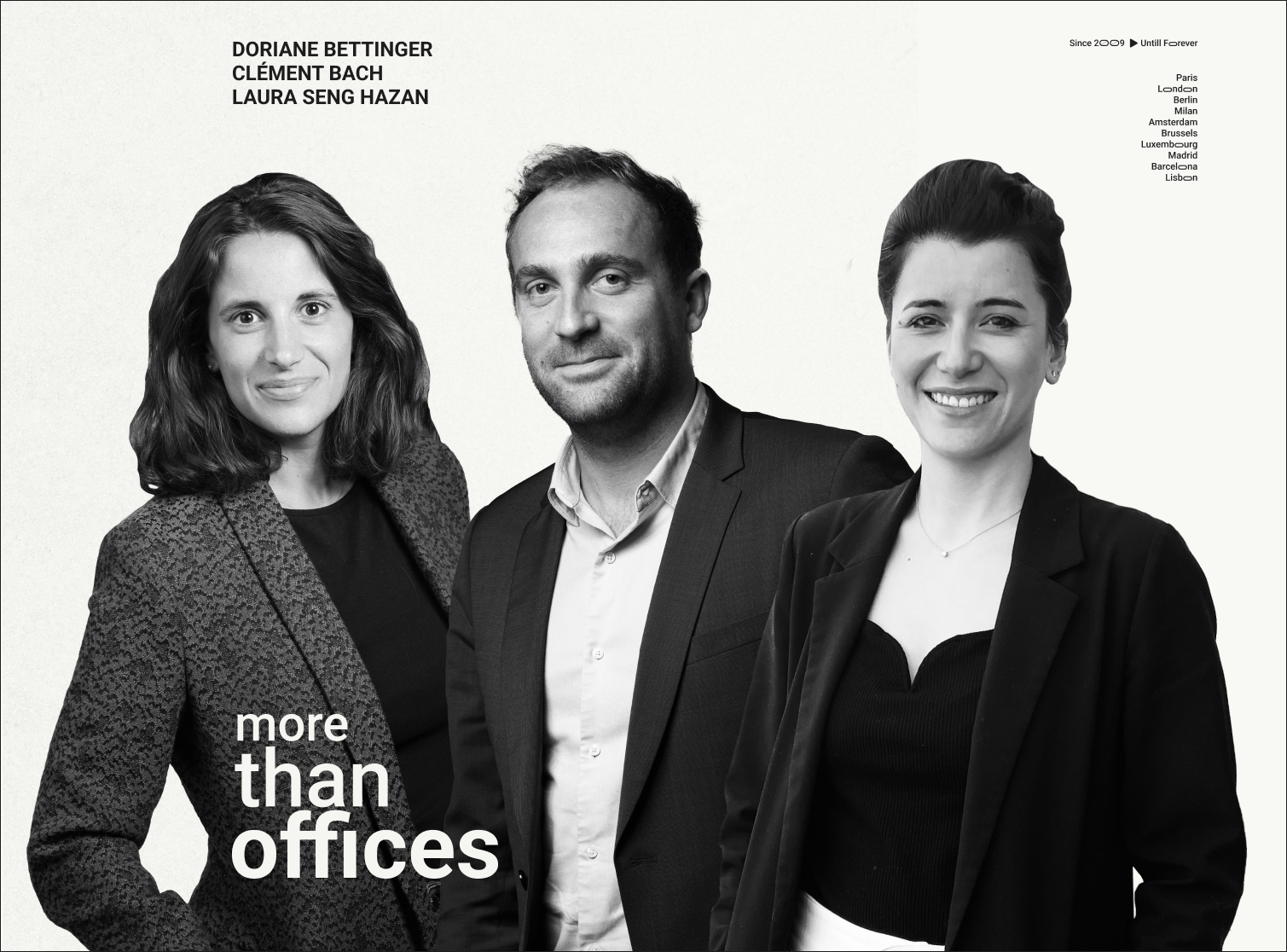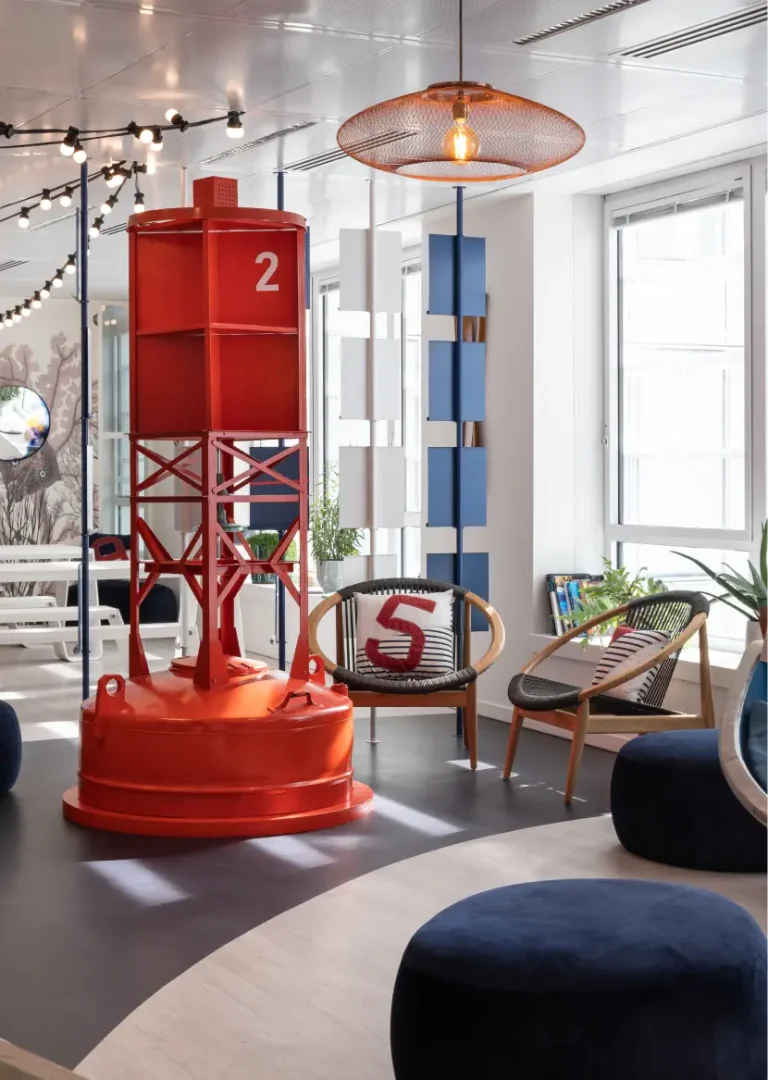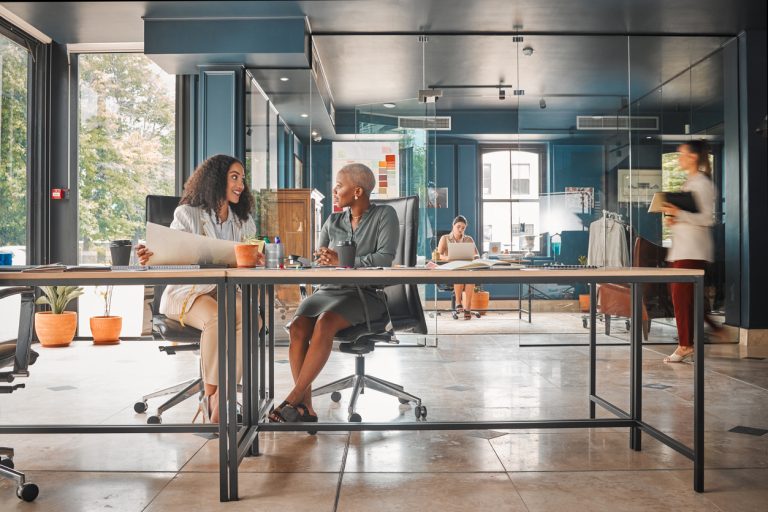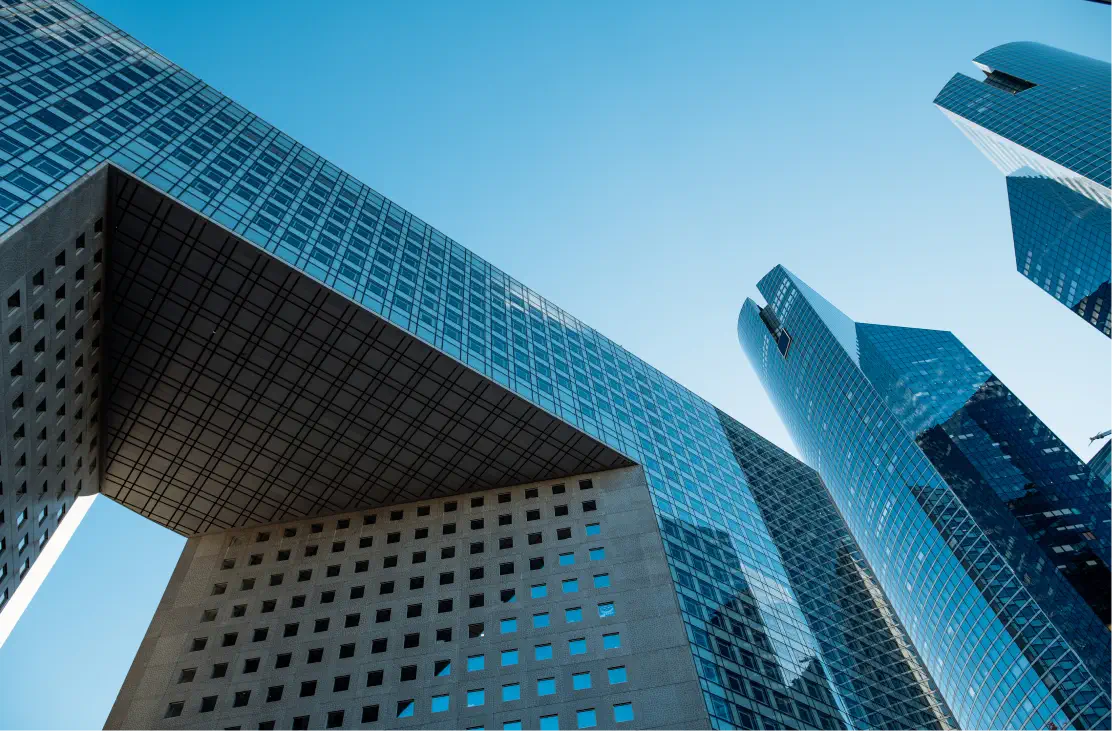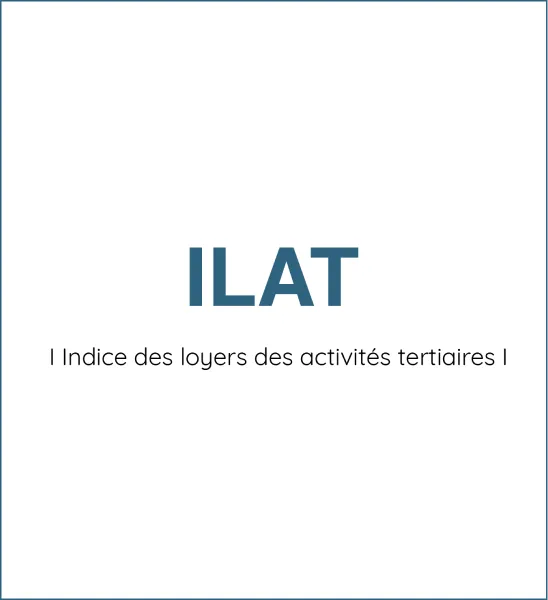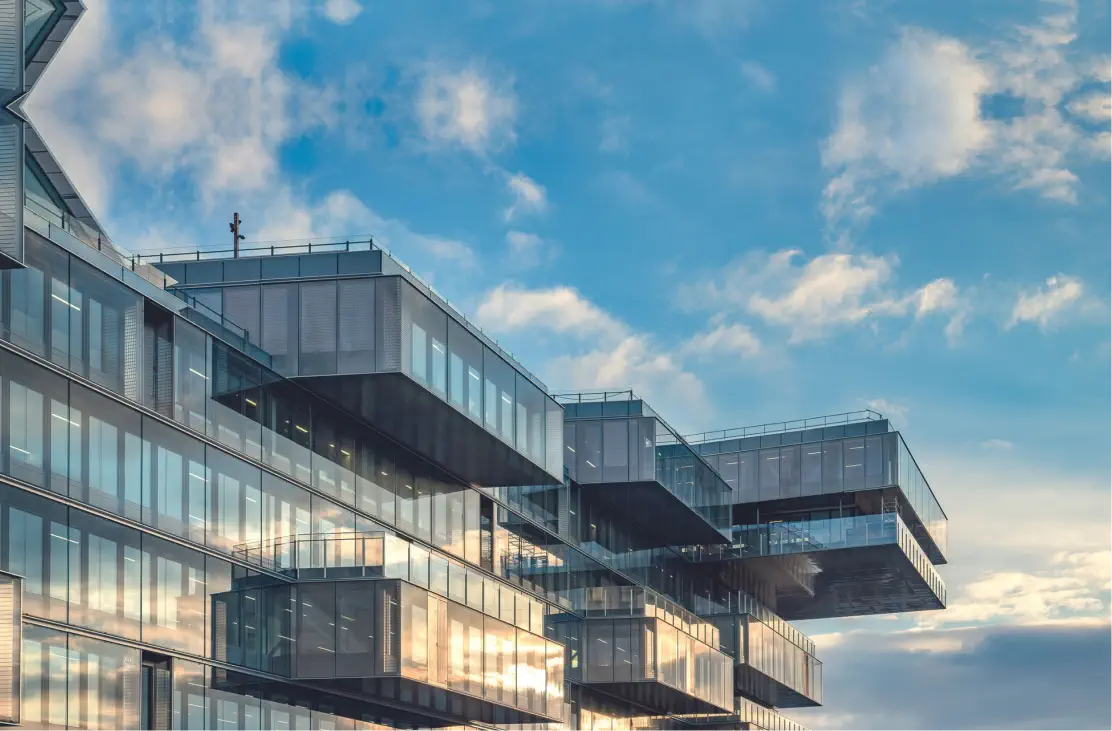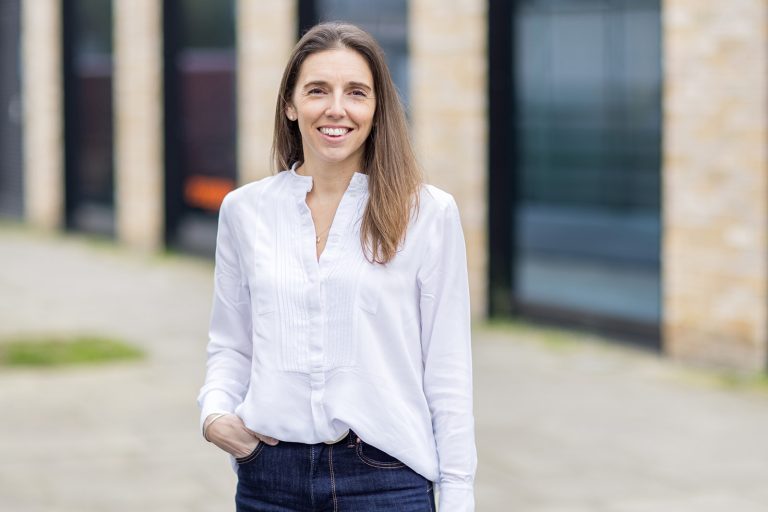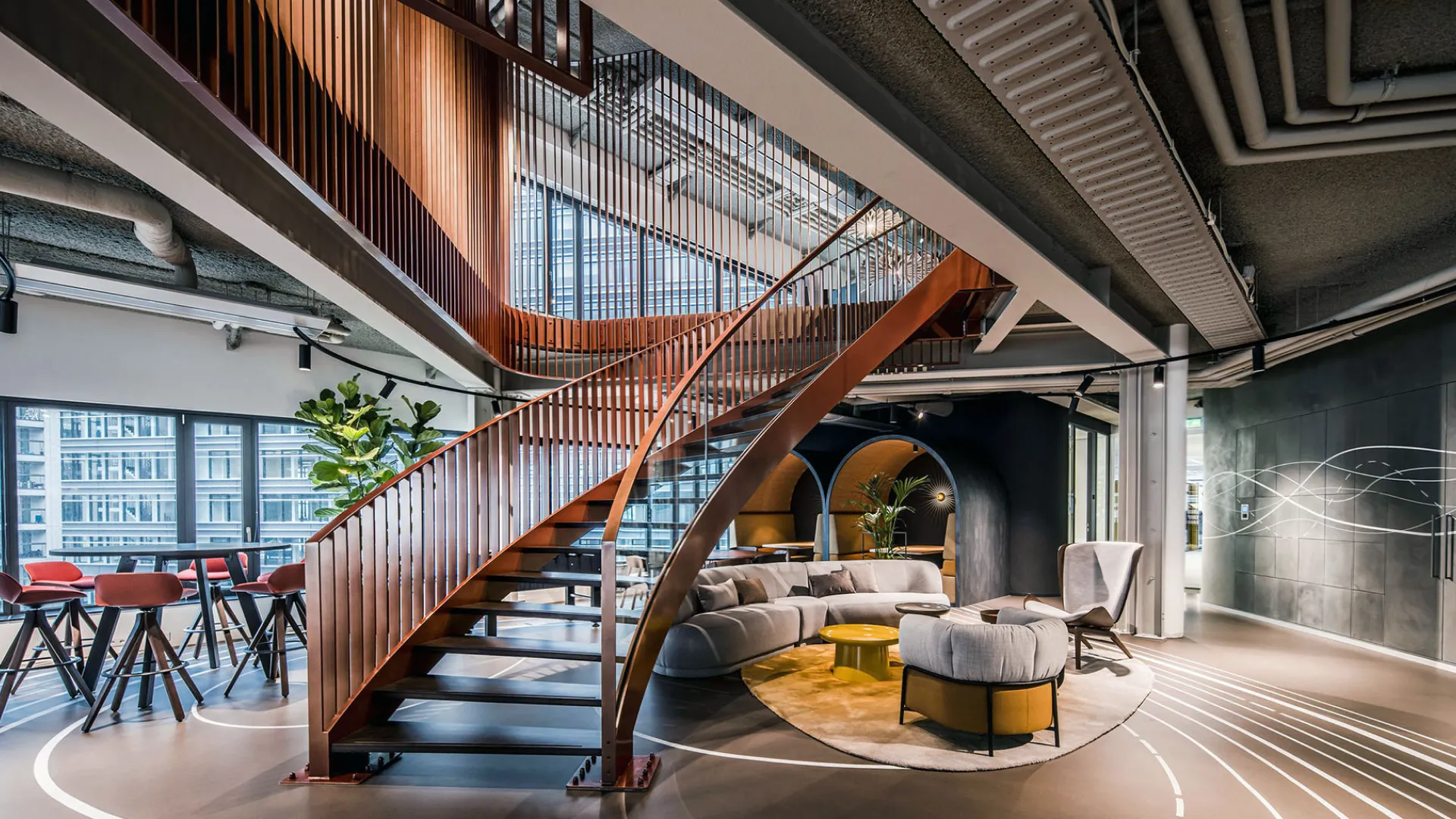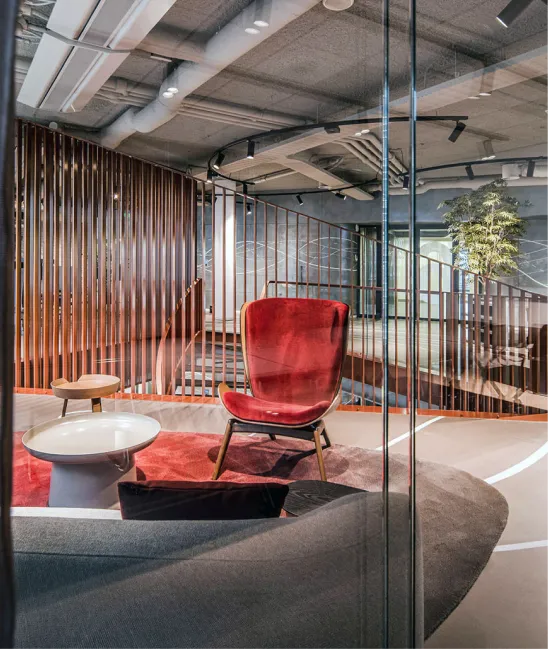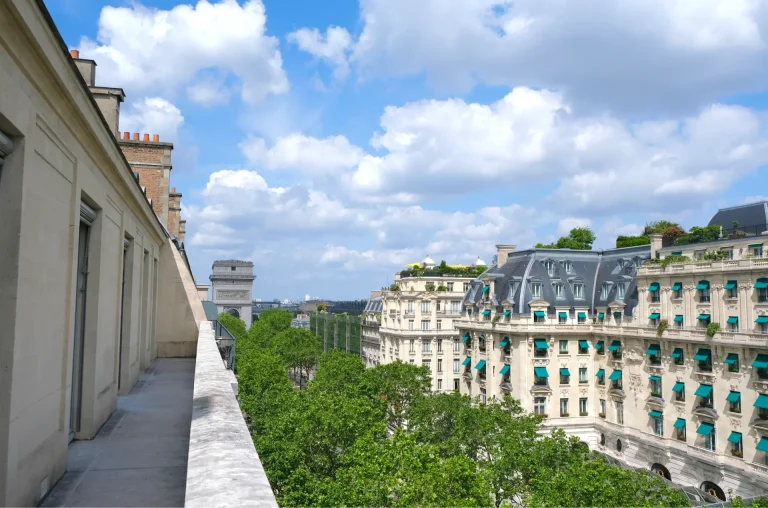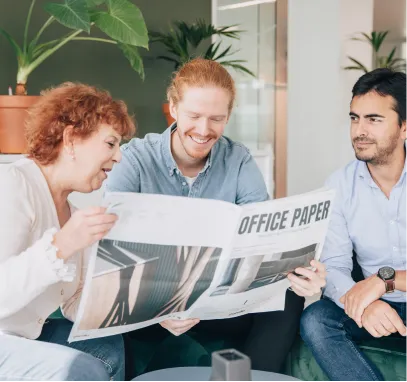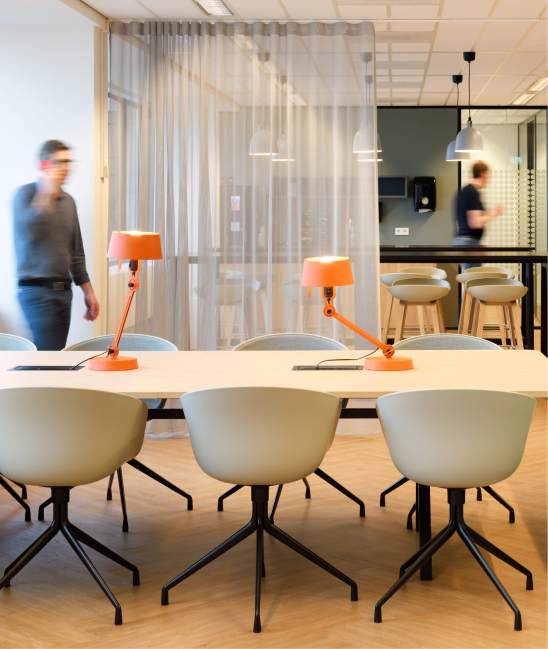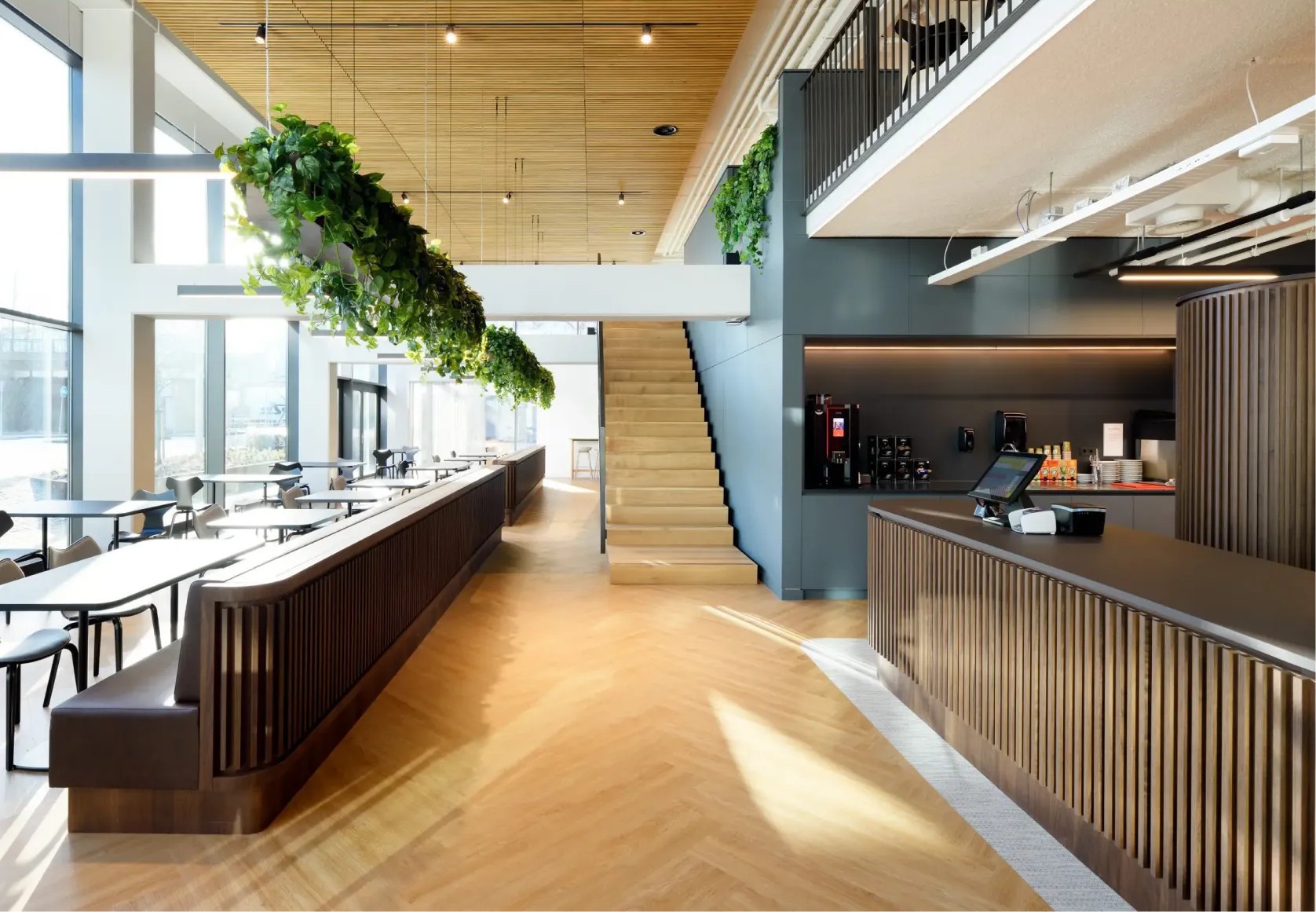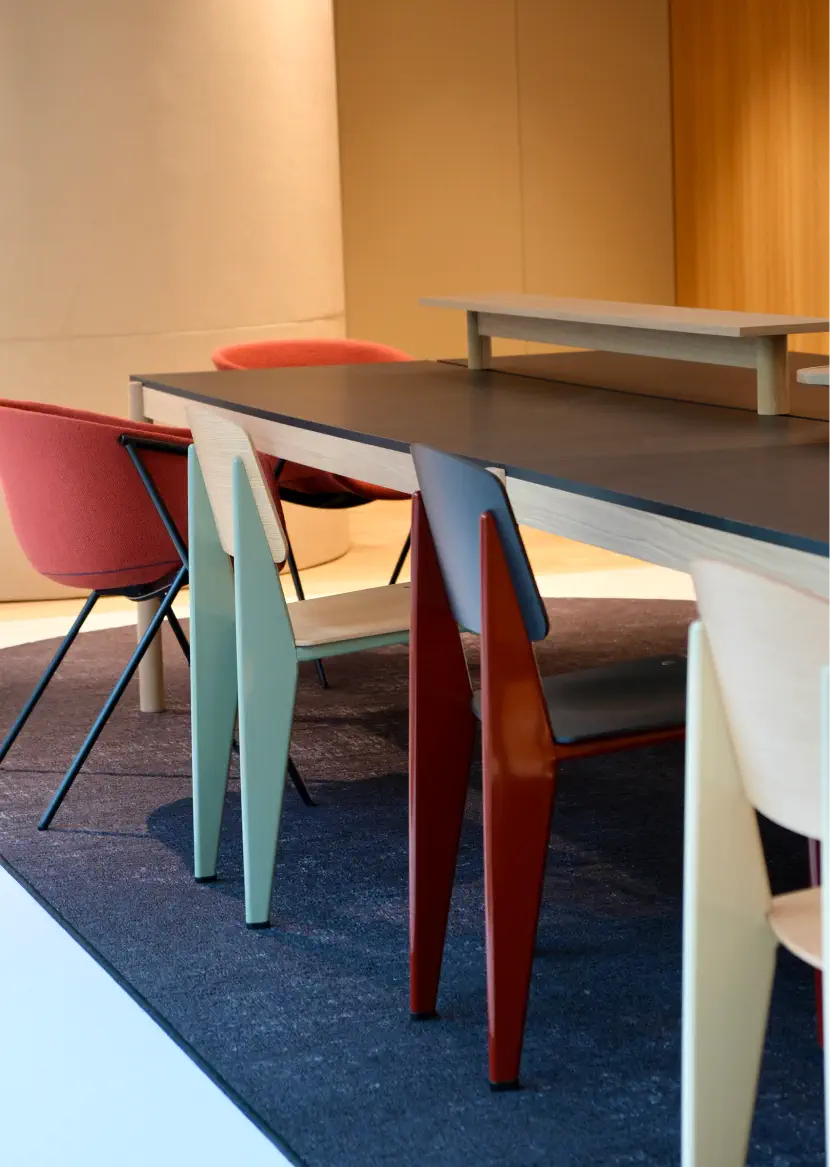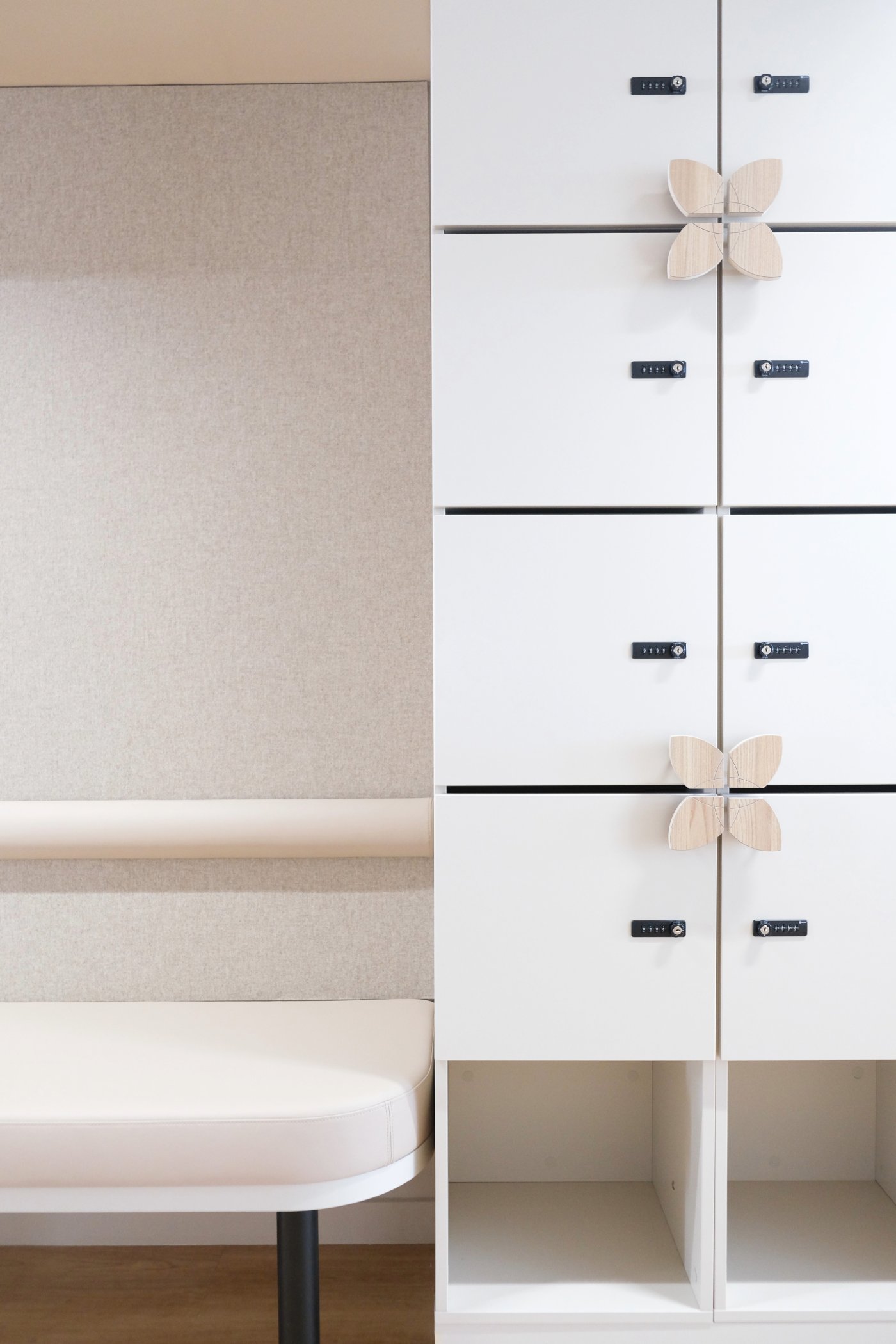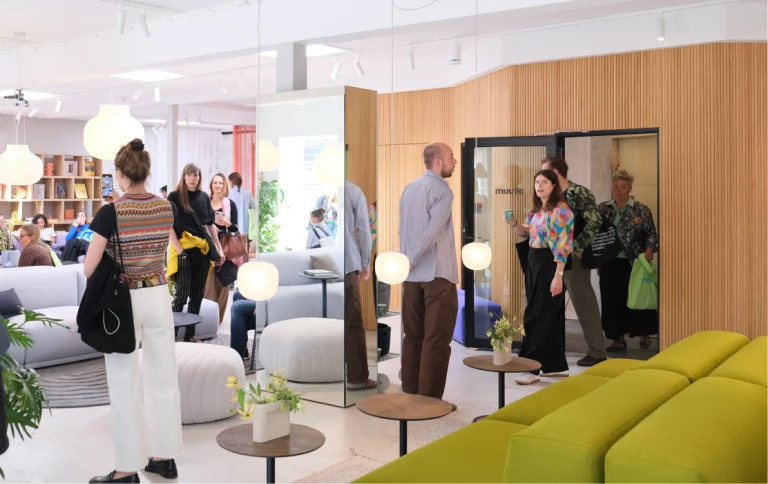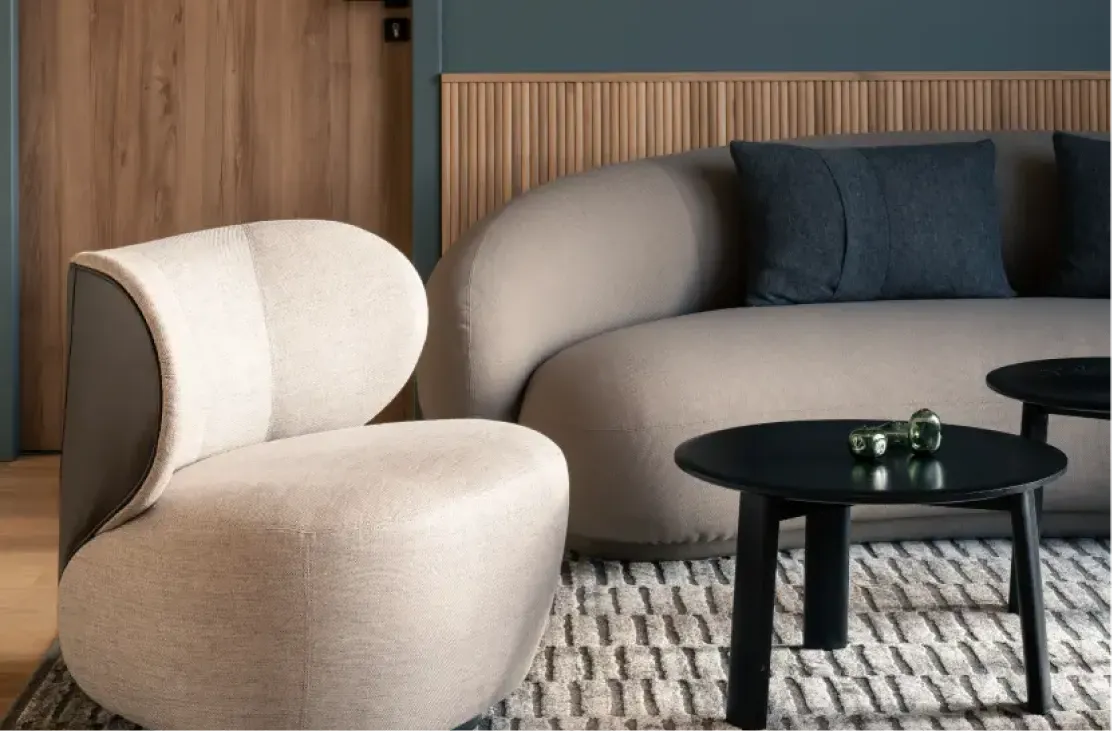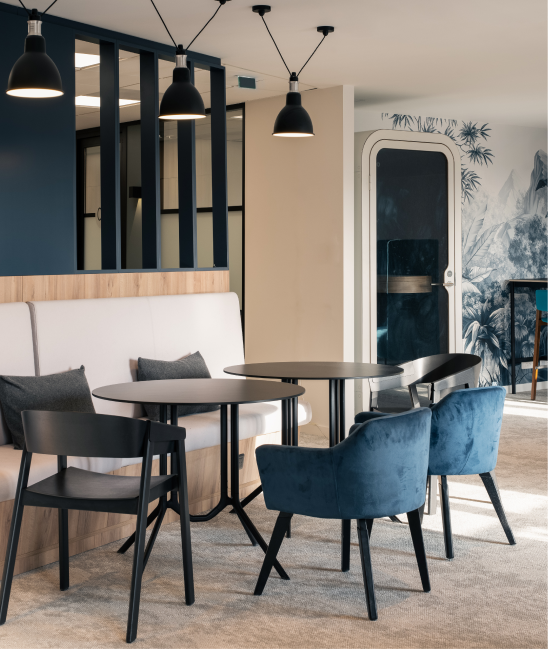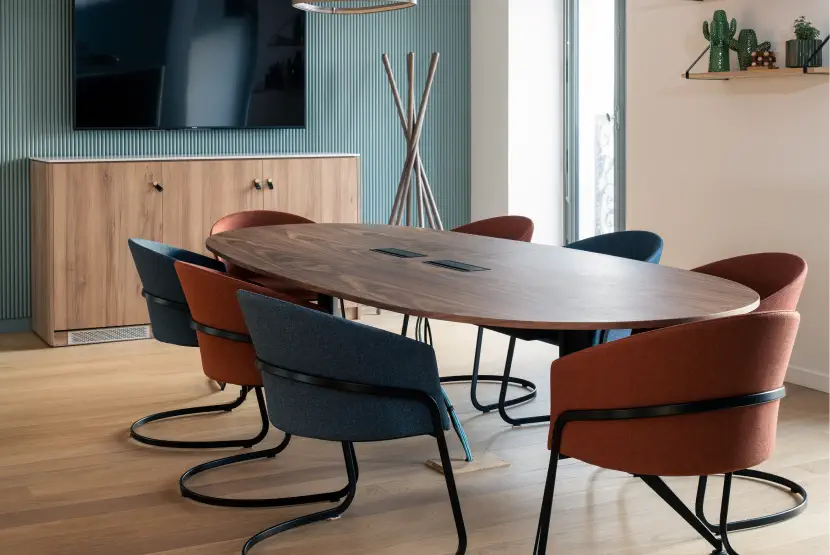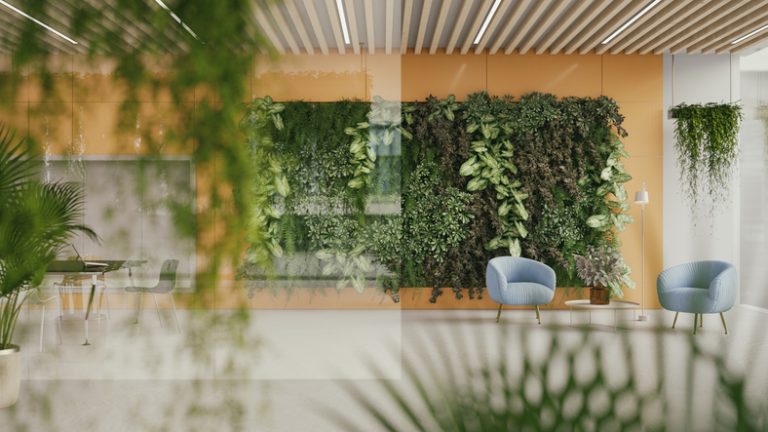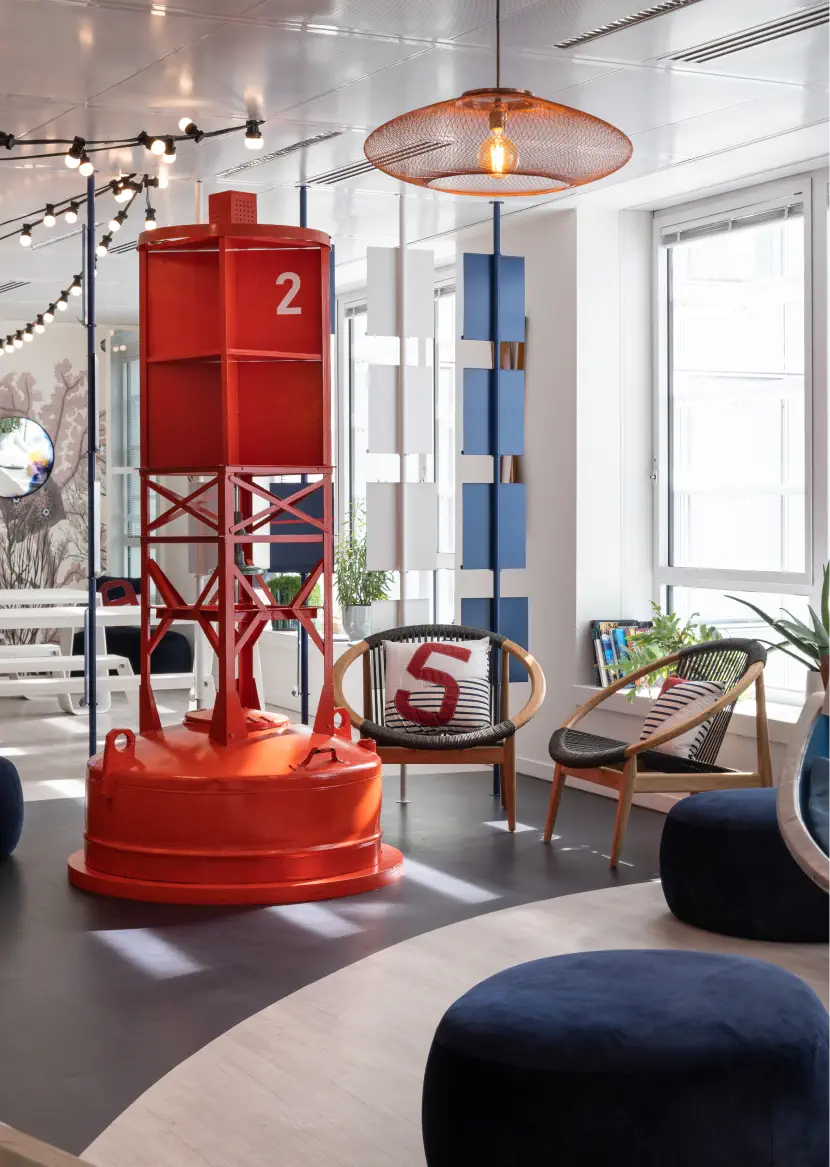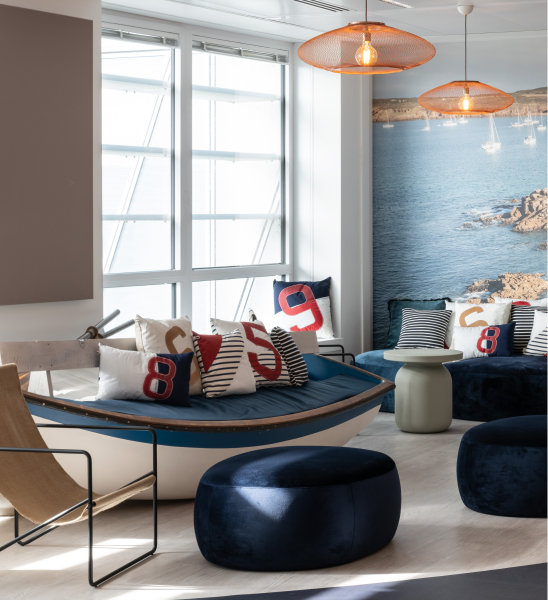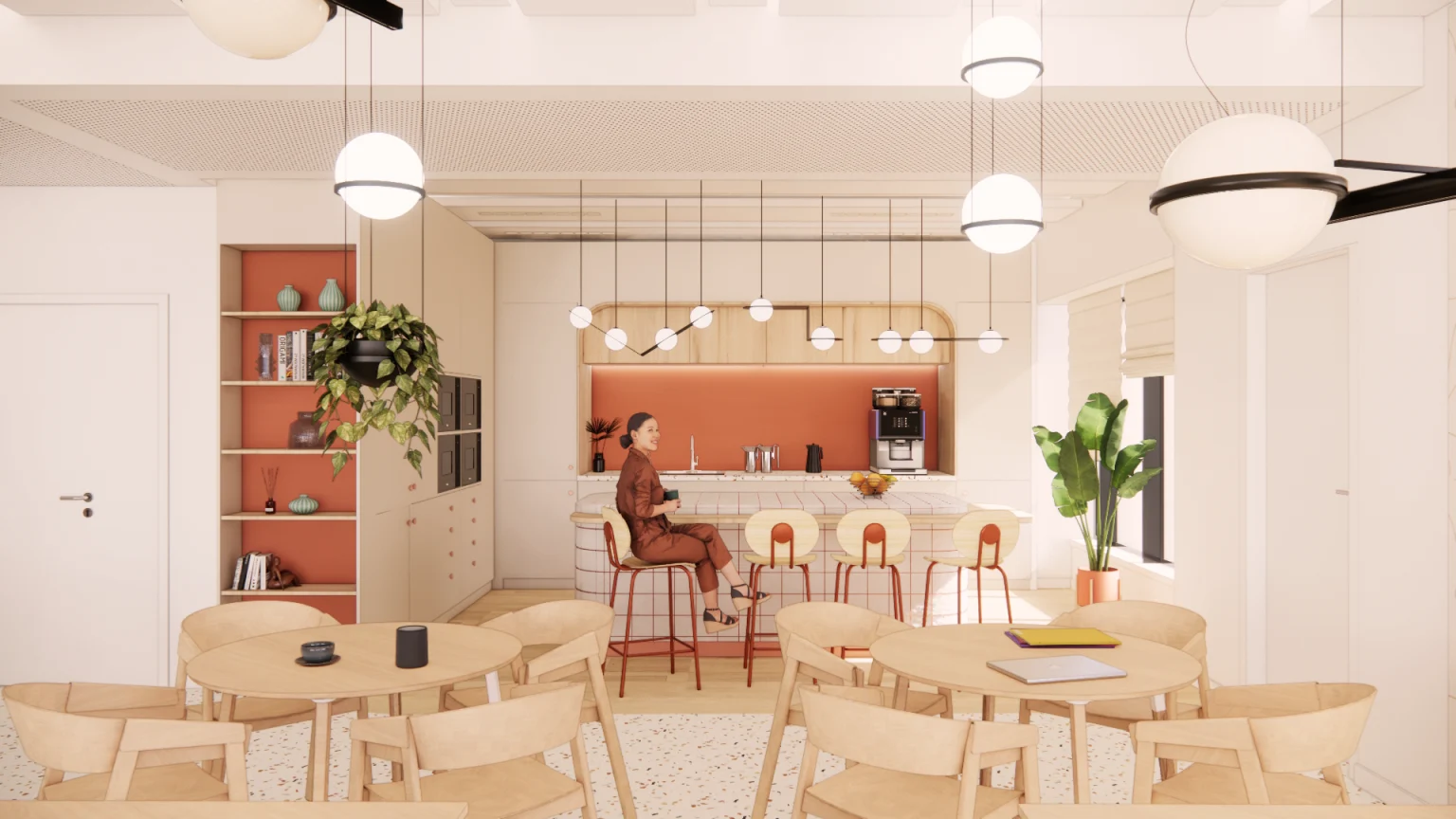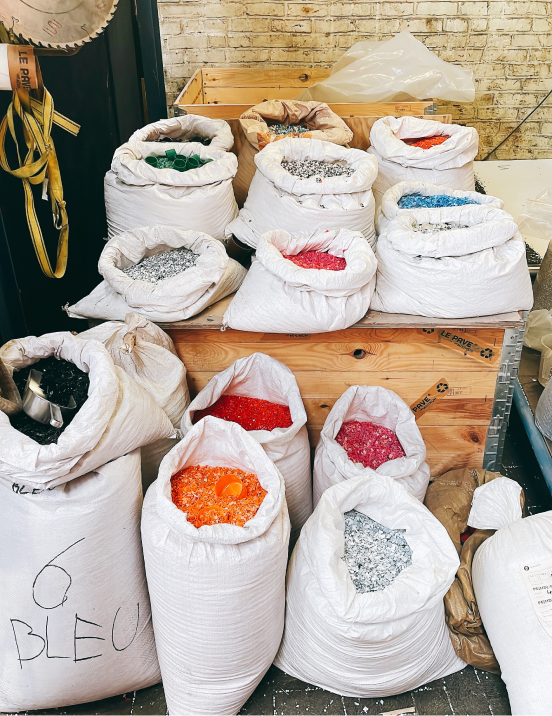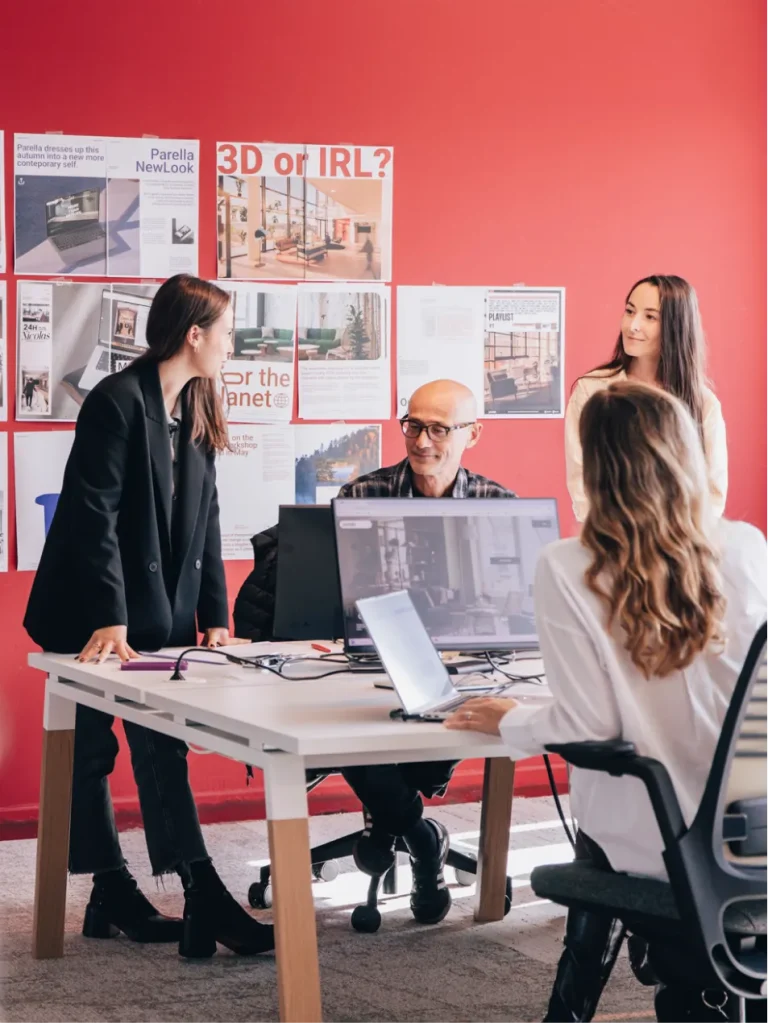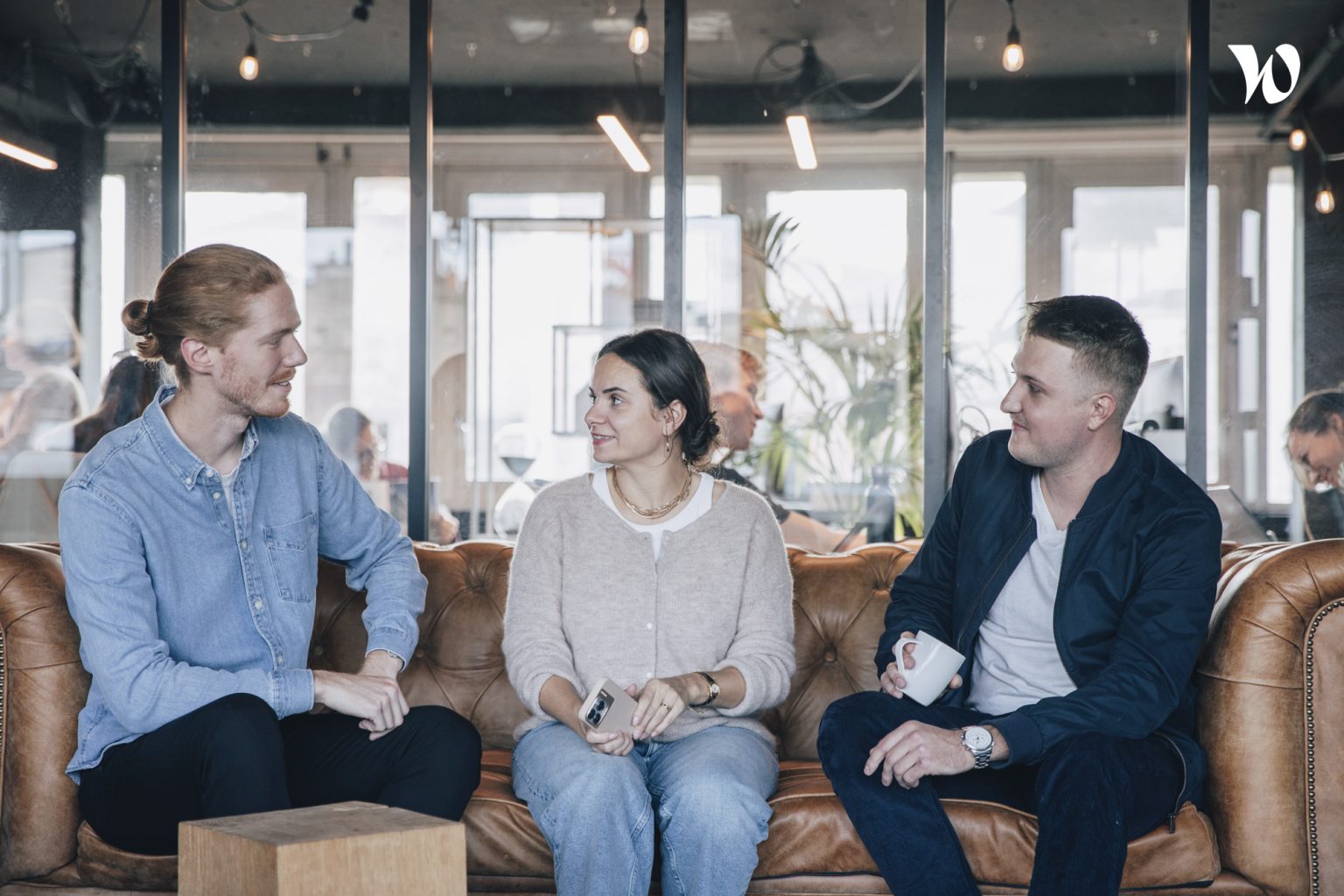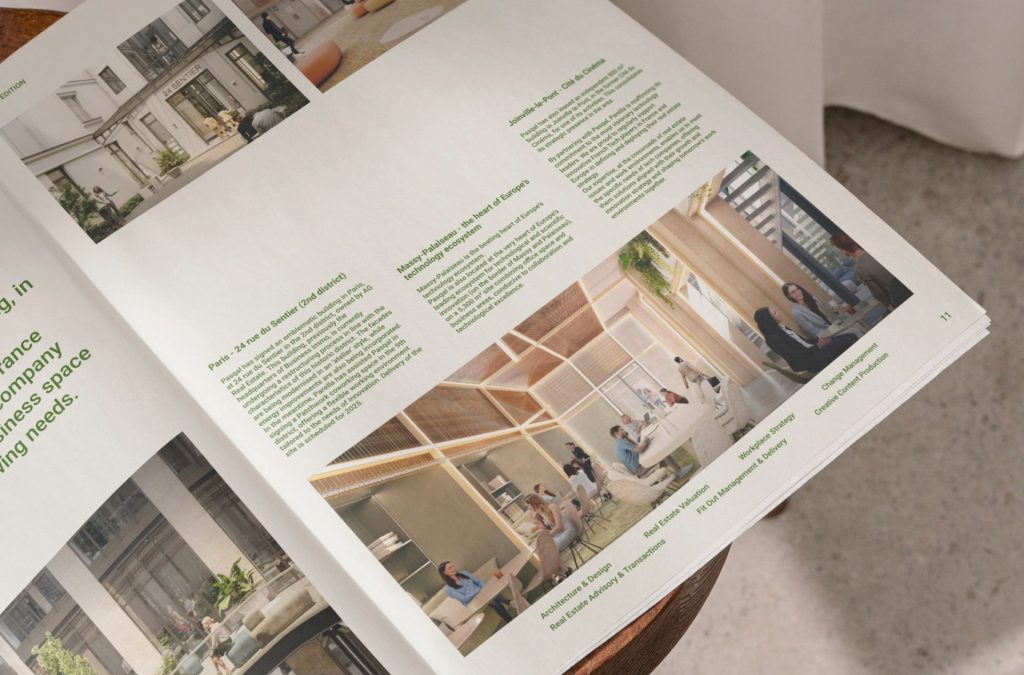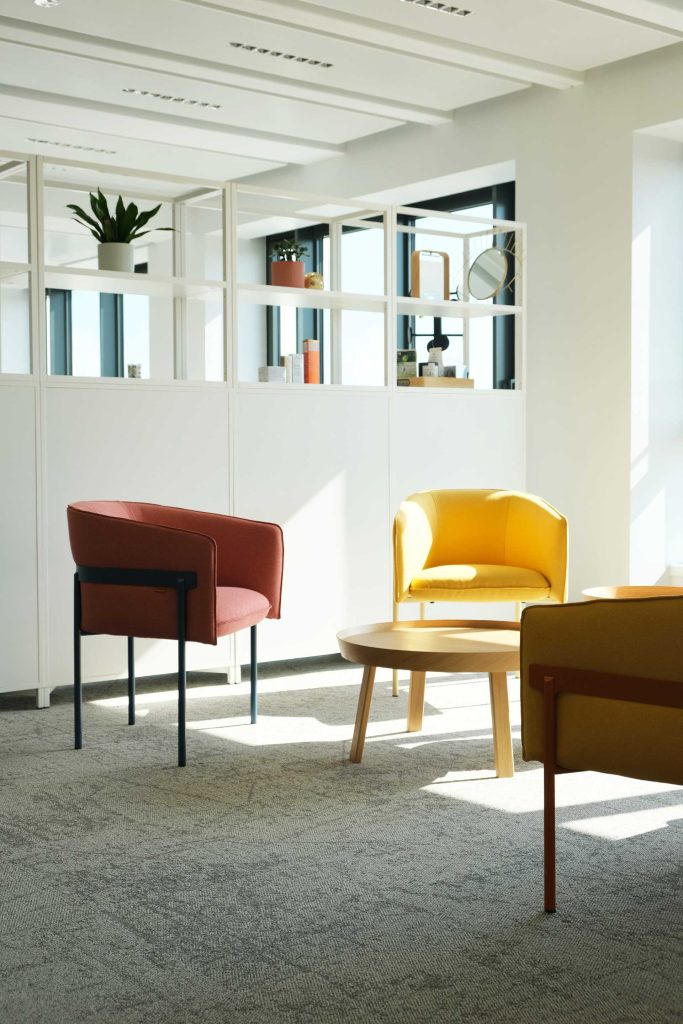Every year, Milan Design Week reinvents the way we perceive space, materials and uses. 2025 was no exception. For a few days, the city was transformed into a living laboratory, where the past rubs shoulders with the avant-garde, and where design is no longer something to be looked at: it's something to be experienced.
Parella looks back at his favorites and discoveries.
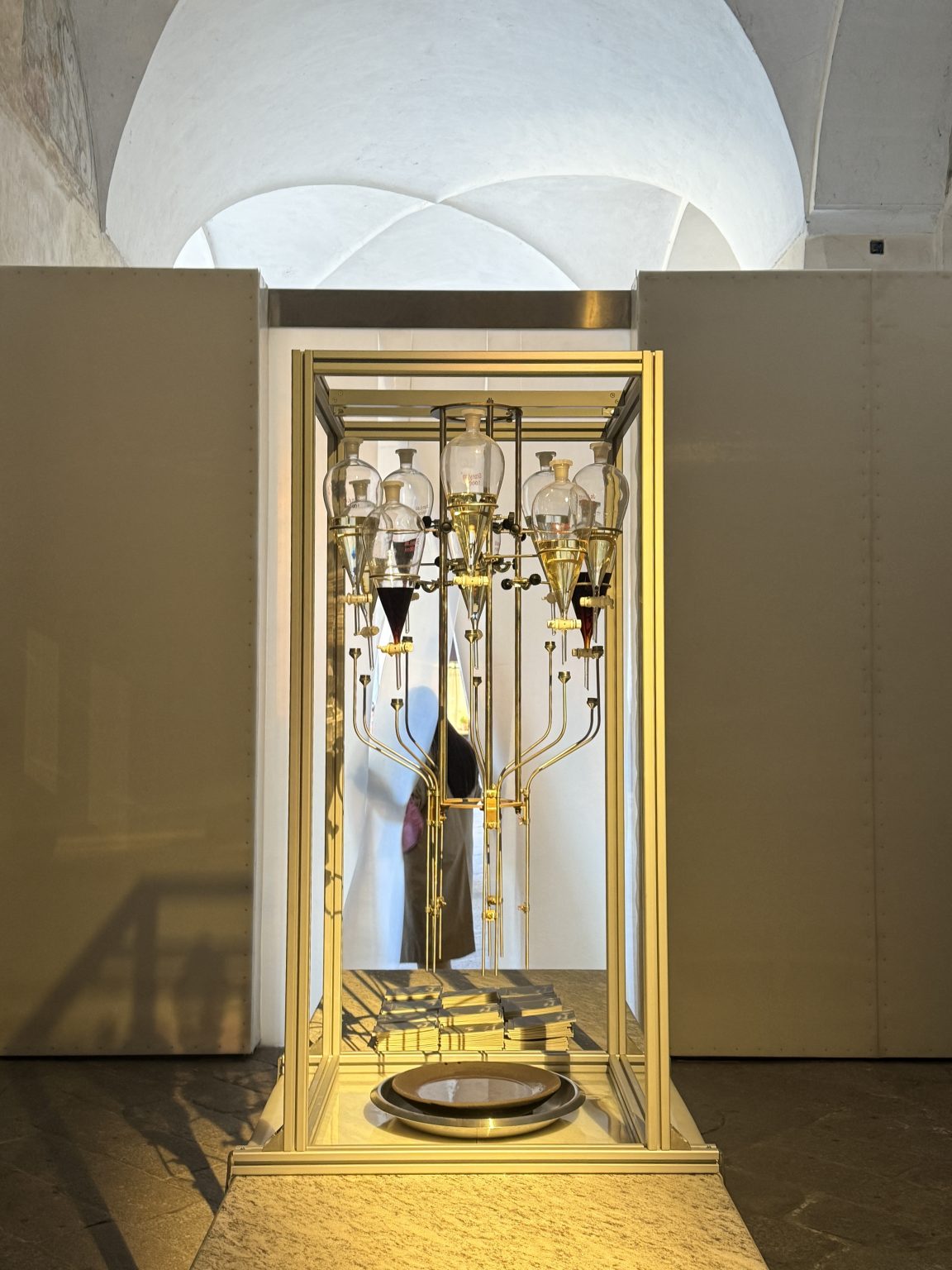
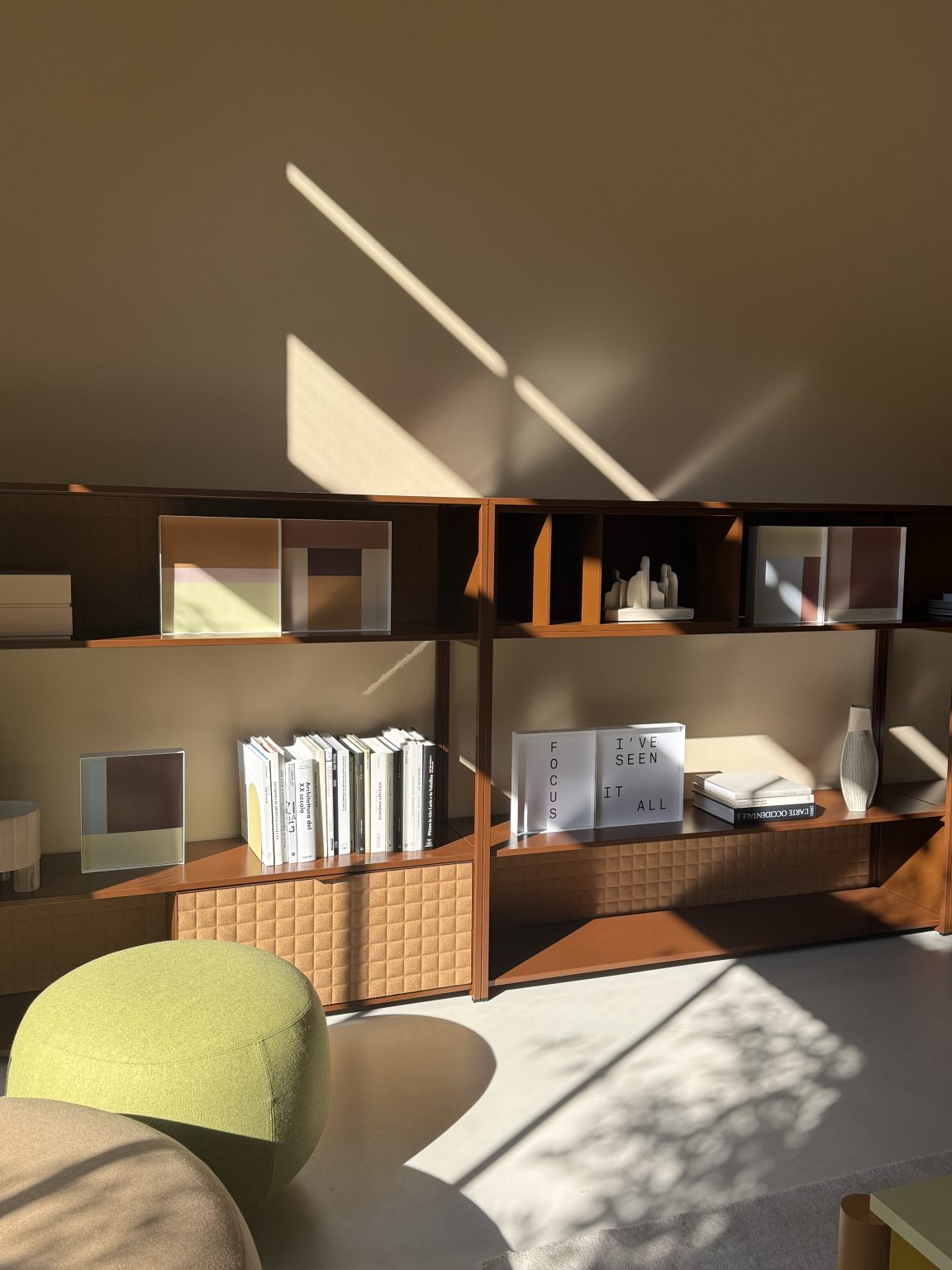
Space as narrative
In Milan, places are not simply inhabited. They are transformed, staged and transcended. From historic palazzi to confidential workshops and secret showrooms, every space becomes a medium for emotion and intention.
Leading names such as Hermès, Gucci, Loewe, Aesop or Loro Piana offer us much more than just installations: they are truly immersive experiences. Light, materials, pathways... everything is designed to create meaning. Here, furnishings don't respond to a function, they tell a story.
At Parella, we believe that this narrative approach lies at the heart of the transformation of professional spaces: thinking of furnishings as sensitive writing.
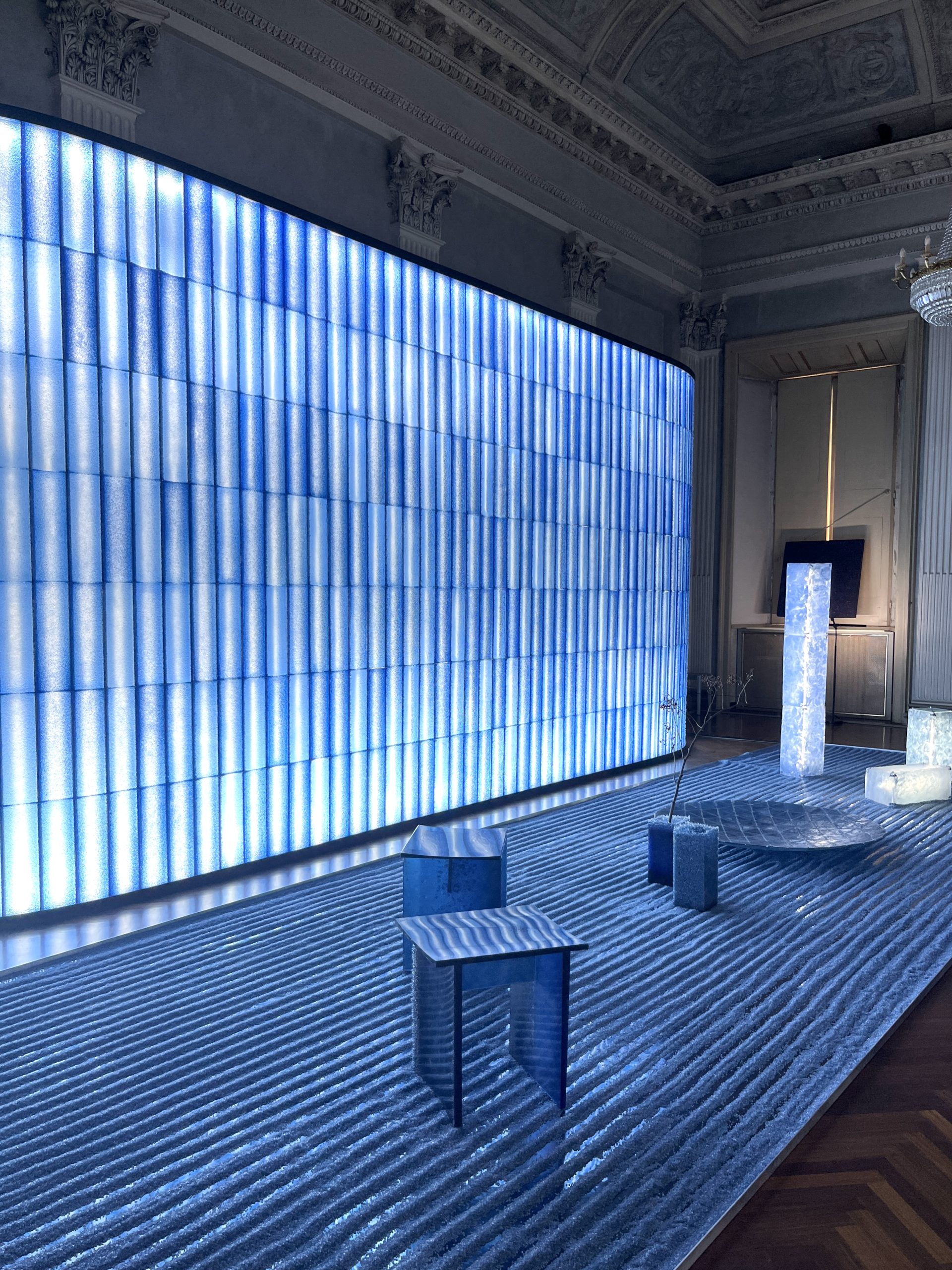
Color as manifesto
Carmine red, deep lilac, olive green, Klein blue... This year, color has spoken. No longer content to accompany, it asserts, challenges, reveals.
Far from the muted codes of the service sector, vibrant hues are making their mark, injecting contrast, emotion and warmth. What if, tomorrow, color were to become a genuine strategic tool in the service of inclusion, teamwork and even well-being in the workplace?
At Parella, this reflection resonates with our convictions: colors speak to all, but tell a story unique to each individual.

An abundance of creativity, an infinite source of inspiration
Milan Design Week gave us the opportunity to rediscover iconic houses such as DEDAR MILANO, cc-tapis, Maison Pierre Frey or Élitiswhile exploring new creative territories: those of 6AM, Garance Vallée, DIMORESTUDIO, studioutteMissing Objects and Luca Zito.
These talents, both established and emerging, share a common quest: to reenchant space. They reinvent forms, hijack materials and question uses.
A new breath of fresh air that we incorporate into our projects, fueled by this
creative effervescence.
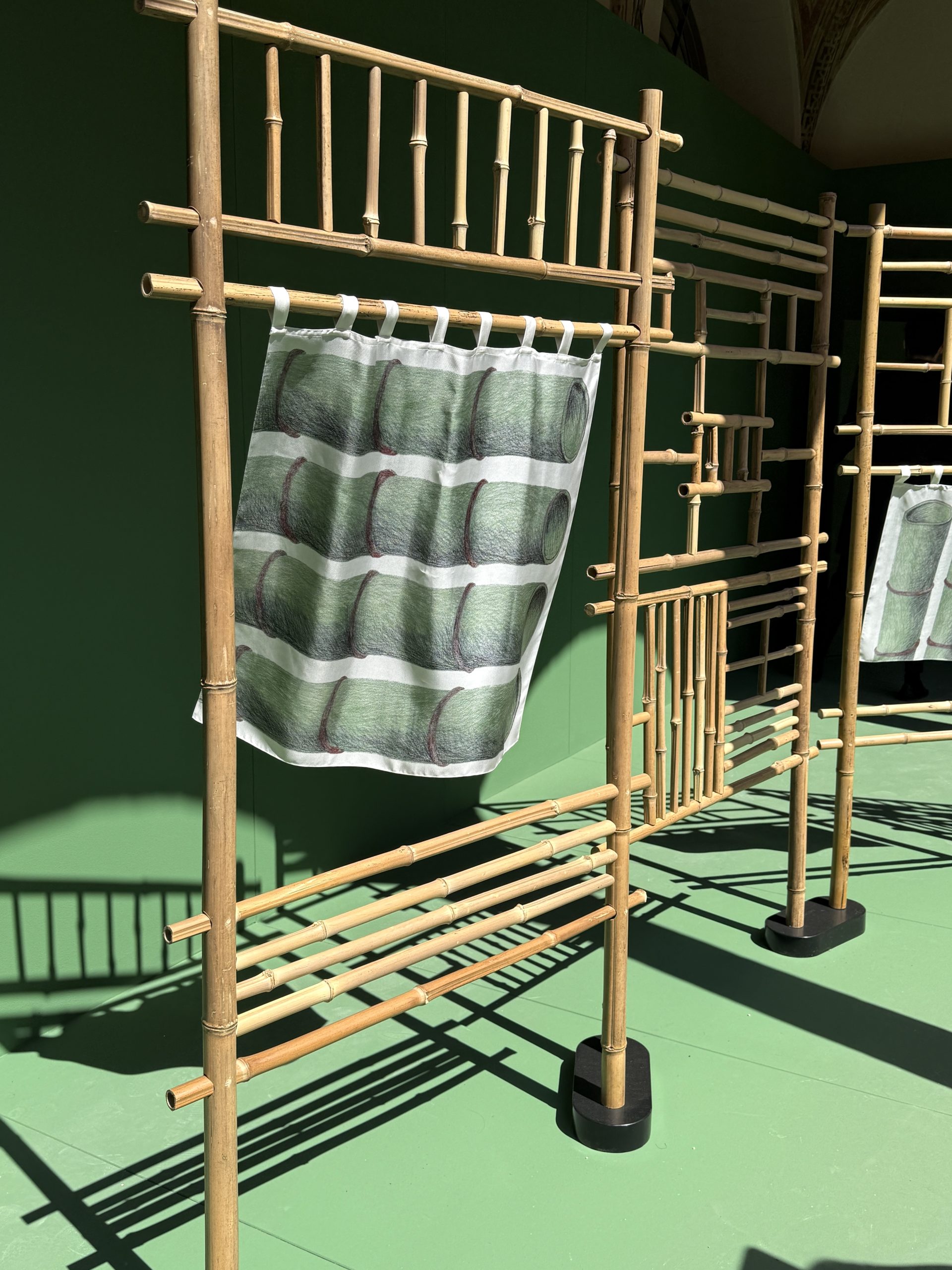
What Milan sowed, we sow.
At Parella, we are convinced that design is a catalyst for transformation. It shapes usage, embodies values and creates new possibilities.
Every project we support draws on this fertile breeding ground of inspiration, blending aesthetics, functionality and emotion.
A look back at Milan Design Week 2025, which is transforming the way we look at things and nourishing our practice, a little more every day.
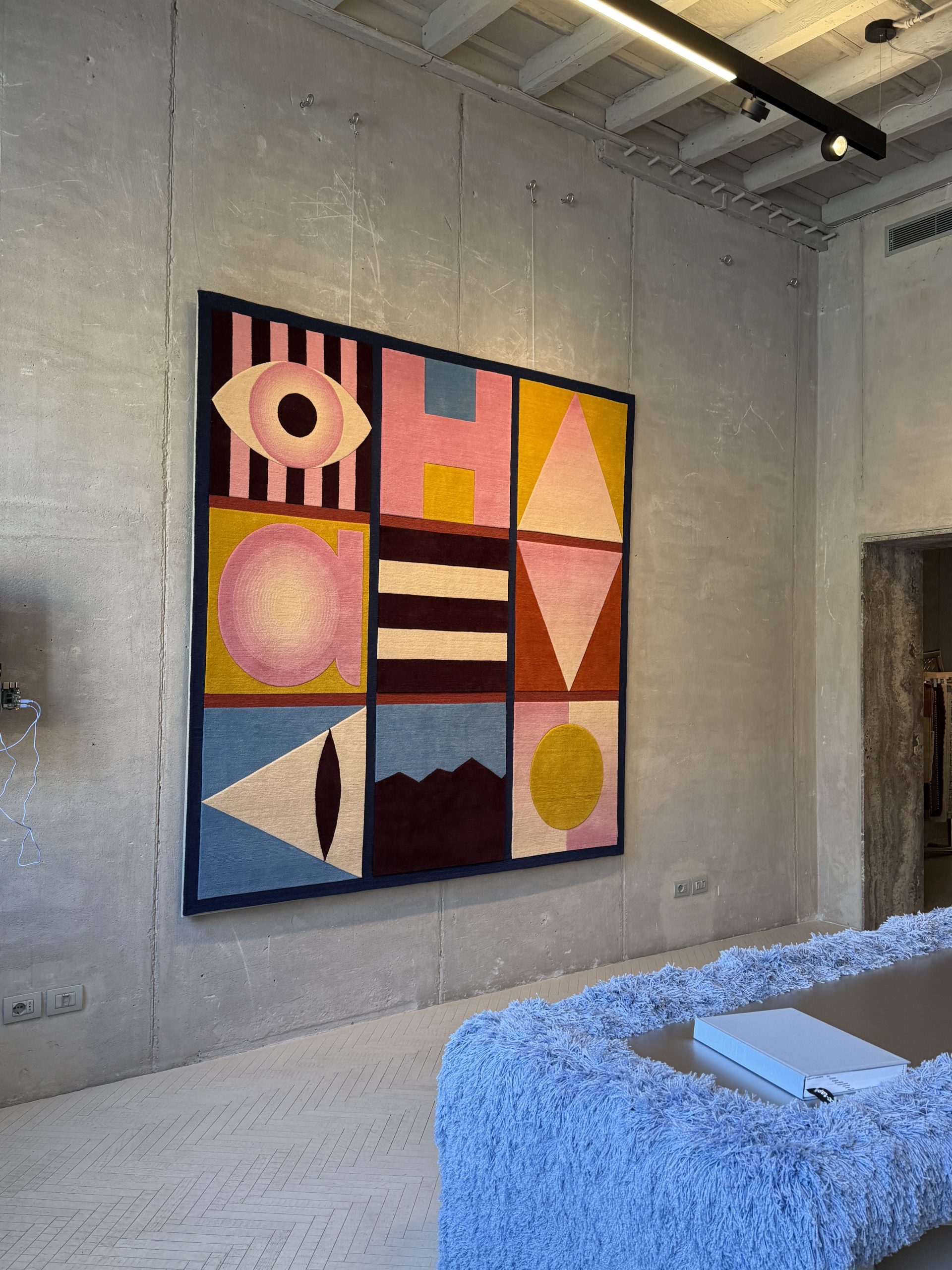
You may also like...
